Holistically approaching an office, based on a model that addresses the activity being undertaken, has seen the rise of Activity Based Working (ABW). But as a movement, is it here for a good time or a long time?
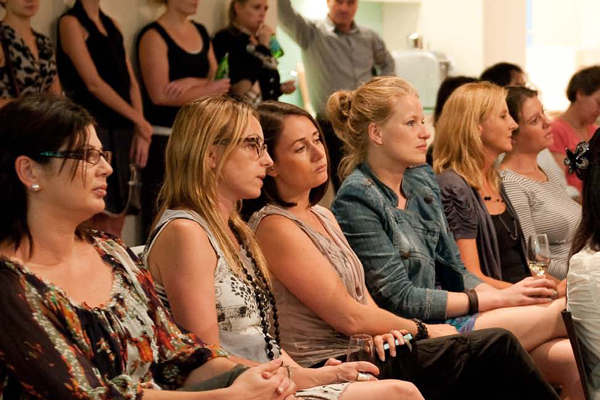
July 8th, 2013
The way we work has long been a topic of special interest to Indesign, in that time ABW has enjoyed its place in the sun. It has been observed that the early adoption of productivity-improving practices, in an age where the existing methods were no longer germane, kept the creative sector from stagnation and companies with their heads above water in tough financial times; but recent rumblings have prompted the question: “Is the party over?”.
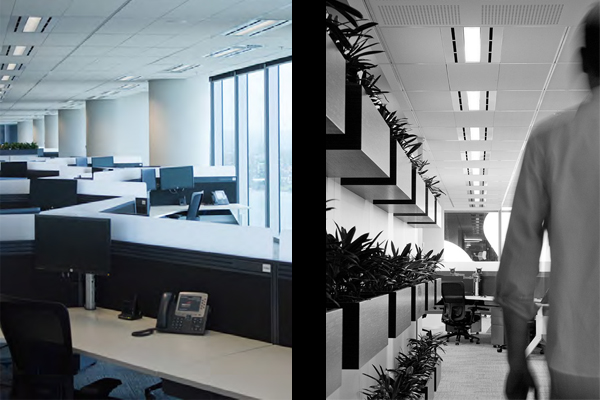
BHP Perth – an example of a recently completed project choosing to step away from the ABW model
Within the shifting landscape of the modern office, myriad hurdles emerge during the change-management process. Intense financial scrutiny is often applied to its implementation as well as an increase in the expectation of strong return, sooner; the result is further objection to ‘big thinking’ in favour of safe bets.
Are these demands from risk averse boards and their investors seeing the sun set on ABW or are we playing witness, front row, to the next phase in the ongoing evolution of the workplace? The next chapter, in step with technological advancements and rapid social change?
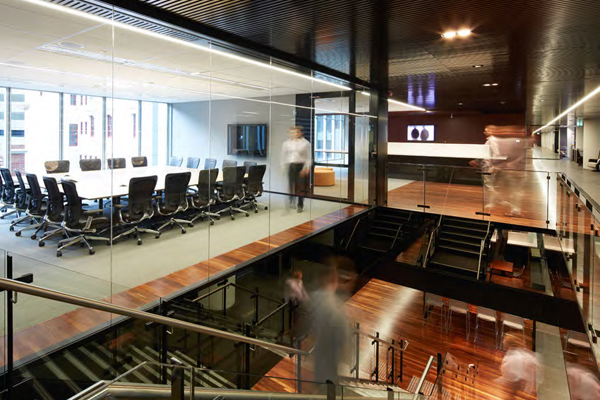
BHP Perth – an example of a recently completed project choosing to step away from the ABW model
It might be argued that Australia and Asia have lead the ABW charge, demonstrating a keen exploration and implementation of a more flexible working model. It’s adoption – in varying forms – by blue chip and bellwether business has almost seen it become de rigueur for any one considering overhauling their company – in both paradigm and practice.
As North American and European businesses look set to follow the Asia-Pacific example we now see suppliers of contract furnishings meeting this reshaping with new systems and direct to client services in place of outmoded, inflexible, conventional furniture offerings.
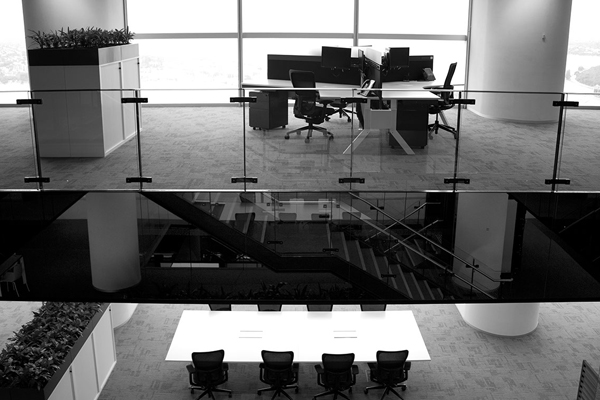
BHP Perth – an example of a recently completed project choosing to step away from the ABW model
Closer to home, we’re already seeing the pull away from these practices though. Where open-plan and hot-desks were the buzzwords of a few years ago, we now see some companies returning to a new model that sits somewhere between ABW and the office of yesterday. Is this a reversion to more familiar, ‘safer’, customs and structures or is this a ‘new ABW’?
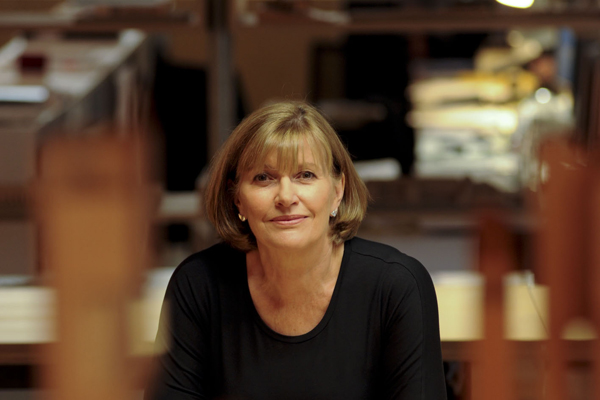
Rosemary Kirkby – Rosemary Kirkby & Associates
This August at WorkLife we will be putting the brakes on ABW, flipping the lid and taking a look under the bonnet. Is this working? Do we really understand ABW as a concept? Is ABW right for all businesses? Is this new office here to stay or are we lost in the flurry of the latest, fleeting fashion?

Stephen Minnet – futurespace
For anyone working in contract design (or anyone who has ever worked in an office for that matter), “Who Is Afraid of ABW – Is The Party Over?” is a must-attend event at Sydney Indesign. We invite you to join thought leaders Matthew Blain, Rosemary Kirkby, Stephen Minnet and moderator Owen Lynch in a discussion at The Indesign Podium at Galleria.
Registrations are now open.
WorkLife
INDESIGN is on instagram
Follow @indesignlive
A searchable and comprehensive guide for specifying leading products and their suppliers
Keep up to date with the latest and greatest from our industry BFF's!

Schneider Electric’s new range are making bulky outlets a thing of the past with the new UNICA X collection.

In design, the concept of absence is particularly powerful – it’s the abundant potential of deliberate non-presence that amplifies the impact of what is. And it is this realm of sophisticated subtraction that Gaggenau’s Dishwasher 400 Series so generously – and quietly – occupies.

BLANCOCULINA-S II Sensor promotes water efficiency and reduces waste, representing a leap forward in faucet technology.

Within the intimate confines of compact living, where space is at a premium, efficiency is critical and dining out often trumps home cooking, Gaggenau’s 400 Series Culinary Drawer proves that limited space can, in fact, unlock unlimited culinary possibilities.
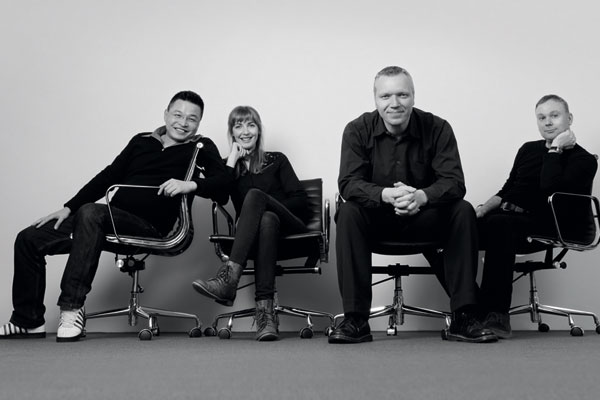
Australia’s Phoenix Tapware were awarded internationally renowned iF Product Design Awards in 2014, recognising a company who from humble beginnings has grown to a position of strength and design leadership within the industry.
The internet never sleeps! Here's the stuff you might have missed

Architectus delivers the Duigan Centre: A thoughtful design for education and community at Brighton Grammar.

Trent Jansen shares his collaborative philosophy and passion for culturally connected design, speaking to the importance of storytelling, heritage and co-creation in his practice and award-winning project.